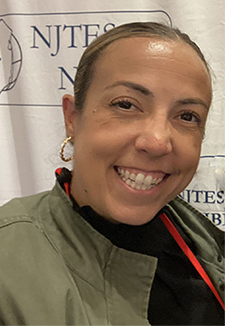English Learners With Disabilities:
The Rules Schools Have to Follow
By Ileana Najarro
 Najarro spoke with Laurene Christensen, the director of accessibility research at WIDA who noted that although most schools try to follow the law in regards to MLs with disabilities, there is a lot of confusion about this issue. Some states do not have clear guidelines, and compounding this issue, it can be difficult to discern if students’ difficulties are due to a disability or their English skills. Once that is determined, students may be pulled out of content classes in order to address both their disabilities and English development.
Najarro spoke with Laurene Christensen, the director of accessibility research at WIDA who noted that although most schools try to follow the law in regards to MLs with disabilities, there is a lot of confusion about this issue. Some states do not have clear guidelines, and compounding this issue, it can be difficult to discern if students’ difficulties are due to a disability or their English skills. Once that is determined, students may be pulled out of content classes in order to address both their disabilities and English development.
Najarro lists some of the scenarios that could violate civil rights laws. A few of these are:
- “Determine that students who are English learners also have disabilities only on the basis of their limited English proficiency.”
- “Determine that students who are English learners and who have disabilities do not need disability-related services because they receive English-learner services.”
- “Delay disability-related evaluations, placements, or services because of a student’s English-language needs, or vice versa.”
- (More are listed in this article and the document linked below.)
Another issue that Christenson mentioned is that translators who may assist in communication with stakeholders often don’t often understand what is involved in an IEP, so training should be provided for translators.
Finally, although the future of the Education Department is unknown, Christenson affirmed that she and WIDA are “‘really committed, to serving the educators who work with all of our multilingual learners, including those with disabilities,’” and “’We should just keep on doing this important work because these kids and their educators really deserve it.’”


 The downloadable government Fact Sheet, “Equal Access to Elementary and Secondary Education for Students Who Are English Learners with Disabilities” is a guide for schools that receive funds from the government. It delineates their obligation to follow the law that prohibits discrimination against students with disabilities.
The downloadable government Fact Sheet, “Equal Access to Elementary and Secondary Education for Students Who Are English Learners with Disabilities” is a guide for schools that receive funds from the government. It delineates their obligation to follow the law that prohibits discrimination against students with disabilities.